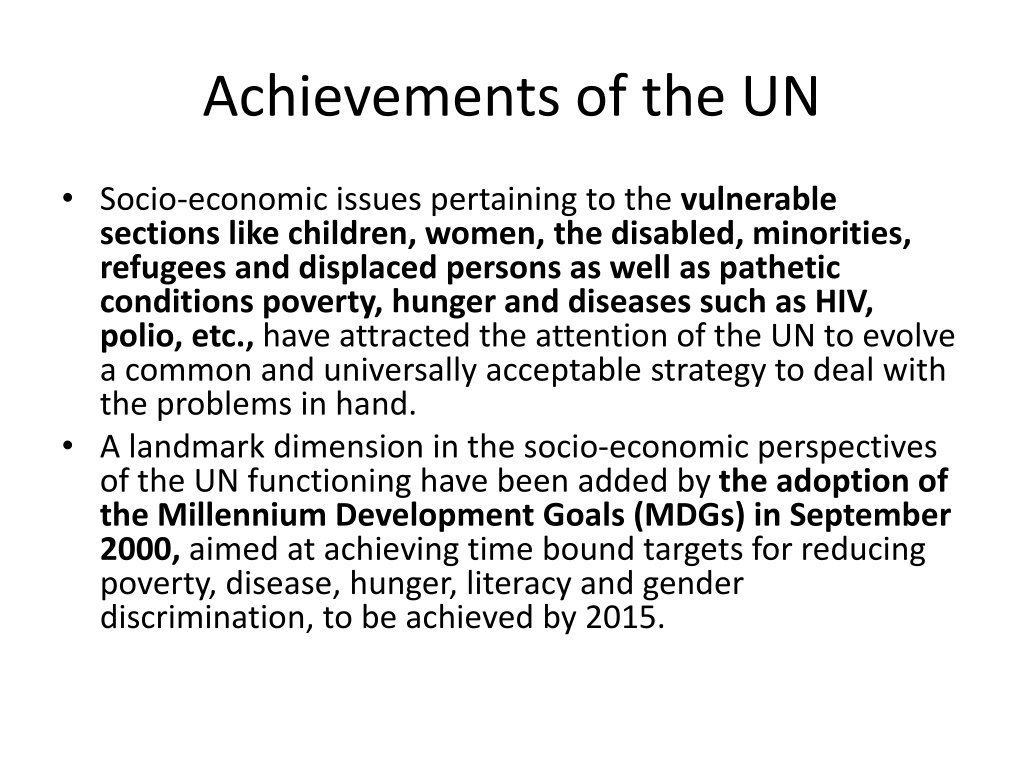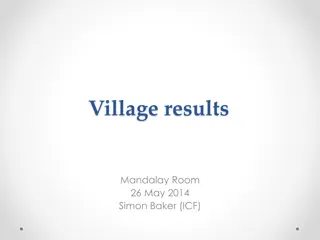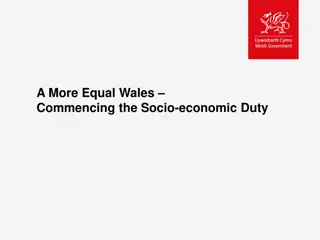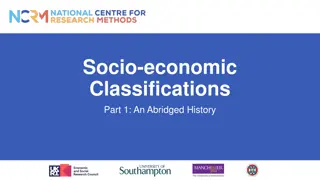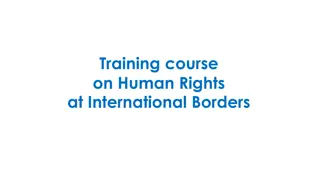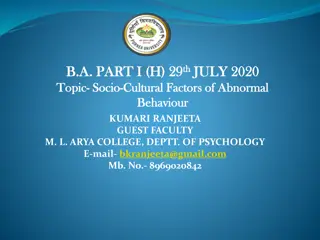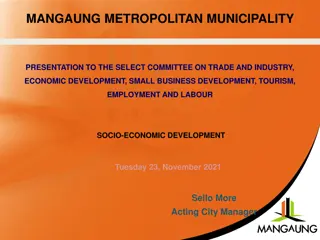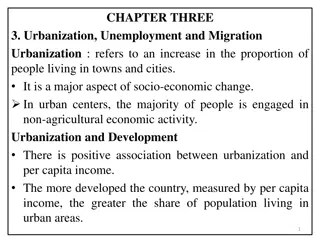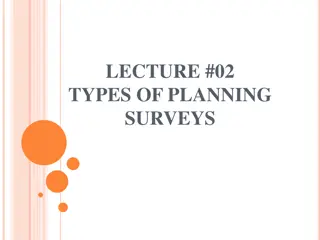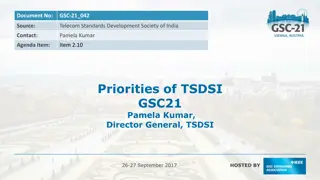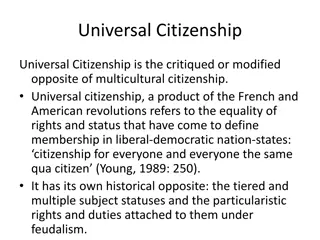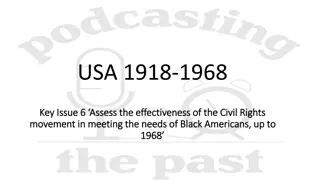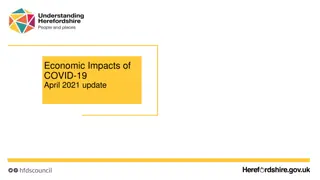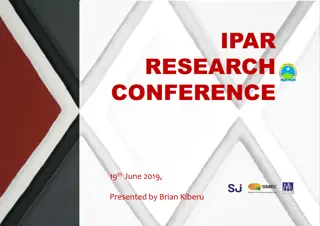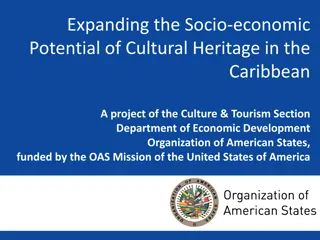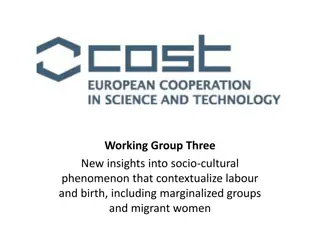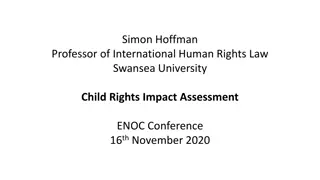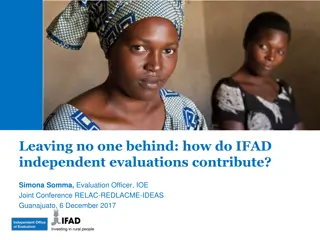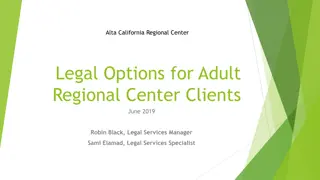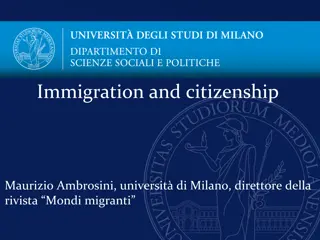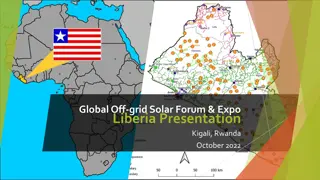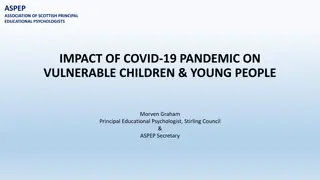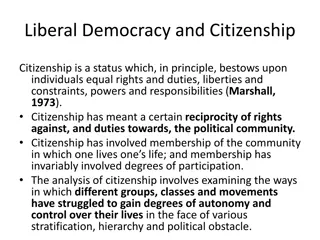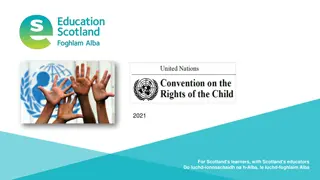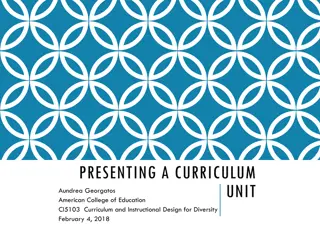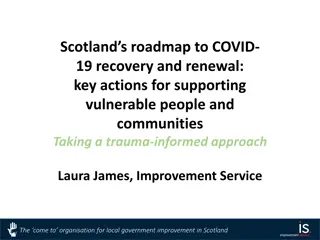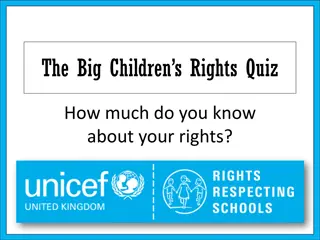UN's Impact on Socio-Economic Development and Rights of Vulnerable Groups
The UN has made significant strides in addressing socio-economic issues affecting vulnerable groups such as children, women, the disabled, minorities, refugees, and displaced persons. Through initiatives like the Millennium Development Goals, the UN aims to combat poverty, hunger, diseases, and promote gender equality. Efforts to achieve these goals have been closely monitored, with a focus on eradicating extreme poverty, improving healthcare, education, and ensuring environmental sustainability. Key attention is given to children's rights, with UNICEF playing a vital role in safeguarding their well-being and development.
Download Presentation

Please find below an Image/Link to download the presentation.
The content on the website is provided AS IS for your information and personal use only. It may not be sold, licensed, or shared on other websites without obtaining consent from the author. Download presentation by click this link. If you encounter any issues during the download, it is possible that the publisher has removed the file from their server.
E N D
Presentation Transcript
Achievements of the UN Socio-economic issues pertaining to the vulnerable sections like children, women, the disabled, minorities, refugees and displaced persons as well as pathetic conditions poverty, hunger and diseases such as HIV, polio, etc., have attracted the attention of the UN to evolve a common and universally acceptable strategy to deal with the problems in hand. A landmark dimension in the socio-economic perspectives of the UN functioning have been added by the adoption of the Millennium Development Goals (MDGs) in September 2000, aimed at achieving time bound targets for reducing poverty, disease, hunger, literacy and gender discrimination, to be achieved by 2015.
Eight Formidable Goals (1) Eradicate extreme poverty and hunger; (2) achieve universal primary education; (3) promote gender equality and empower women; (4) reduce child mortality; (5) improve maternal health; (6) combat HIV/AIDS, malaria and other diseases; (7) ensure environmental sustainability; and (8) develop global partnership for development. The MDGs open a new vista in terms of providing the bare minimum needs of the people in all countries of the world. What is more reassuring, however, is the close monitoring and the stupendous efforts being made to realize these goals.
World Summit to Review the Progress in 2005 A World Summit was called at the UN Headquarters in New York on 14-16 September 2005, in order to review the progress made in the achievement of these goals. Further, the Millennium Development Goals - a report, presented in 2006, called for the renewed and concerted efforts for the countries mainly in Africa and certain others in Asia to realize the dreams of achieving a dignified life for all.
Children Children constitute the most vulnerable segment in society owing to their acute helplessness in self- sustaining themselves. Neglect of children would not only be a heinous crime against humanity but would also subvert the future of humanity. The issues confronting the rights of children range from pre-natal sex-determination and selective abortions to the problems of malnutrition, impoverishment, and improper physical and mental growth assuming alarming proportions in underdeveloped countries. From early adolescence, children are also subjected to the prohibited forms of child labour, servitude and rampant sexual abuse.
Children (contd.) The United Nations Children s Emergency Fund was created in 1946 which is now the United Nations Children s Fund (UNICEF). In 1959 the Declaration on the Rights of the Child was the first UN statement devoted exclusively to the rights of children, though this declaration served more as a moral, than a legally binding framework. As a result of this shortcoming the International Year of the Child in 1979 could, still, not provide the children the love and care they deserve. It took many years for the UN to knit together all the pronouncements in the form of the Convention on the Rights of the Child, which was adopted by the General Assembly in 1989, setting international standards and measures intended to protect and promote the well being of children in society.
Vienna Convention on Childrens Rights Finally, a Convention on Children s Rights was adopted at Vienna in 1993, emphasizing upon the special care and assistance for children and a need to create an environment in society conducive to their healthy growth and development so that they are able to live securely and realize their full potential in life. In pursuance of the UN Convention, many, if not all, countries in the world have devised and implemented momentous child welfare schemes, programmes, policies and laws. However, despite these measures, the situation of children in many parts of the world continues to be grim.
Women The incorporation of women s perspectives and lives into human rights standards and practices is a recognition of the dismal failure of countries worldwide to accord women the human dignity and respect that they deserve simply as human beings. But initially the UN looked at women s issues from the general human rights perspectives. A new beginning, in this regard, was made with the holding of the First Women s Conference in 1975 in Mexico City, leading to the declaration of the UN Decade for Women from 1976 to 1985. Subsequently, world conferences were called at Copenhagen in 1980 and Nairobi in 1985 to evaluate the status of women and to formulate the strategies for women s advancements.
The UN Commission on the Status of Women Despite the international conferences on women issues the alarming global dimensions of targeted violence against women were not explicitly acknowledged by the international community till 1992 when in September the UN Commission on the Status of Women established a special working group. Based on the recommendations of this group the UN General Assembly adopted the Declaration on the Elimination of Violence against Women in December 1993. Subsequently, in order to strengthen the institutional mechanism for the betterment of the conditions of the women, a number of bodies like the Ministry of Women and Child Welfare, National Commission for Women and the State Commissions for Women were created in a number of countries.
The Fourth World Conference on Women in 1995 This conference adopted an agenda on the human rights of women, signaling the successful mainstreaming of women s rights as human rights. Most of the countries including India, being a prominent participant in this conference, pledged to abide by the platform for action on alleviating the conditions of women. The performance of the governments across the world, on their domestic fronts, however, betrays the pledges given at the international forum. The increasing incidents of violence and crime against women bear testimony to the stark reality of the wide gap between theory and practice.
Need of a Holistic Approach The definite way out is to adopt a holistic approach to the problem, leading to attitudinal change in policy and perspective which in turn should lead to legal reforms, remedial measures at the level of public policy and institutional arrangements along with a greater focus on socio-economic problems faced by women. In 2000, the adoption of the MDGs again brought the issues of women development to the forefront to not only ensure the basic minimum health protection for women in the developing countries but also to secure an equality of status and opportunities for women so that they can be empowered to lead from the front in the new millennium.
